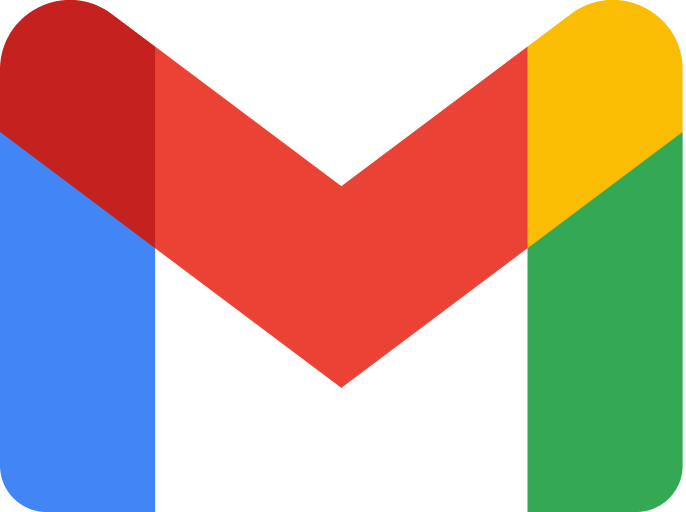Connect Linkup and Contentstack to Build Intelligent Automations
Choose a Trigger

When this happens...
- Request a new Trigger for Linkup
Choose an Action

Automatically do this!
- Request a new Action for Contentstack
Enable Integrations or automations with these events of Linkup and Contentstack
Enable Integrations or automations with these events of Linkup and Contentstack
Actions
Get an Answer to Your Question
Get a natural language answer to your natural language question
Explore more automations built by businesses and experts
Automate Instagram Comment Replies with Smart DMs
- text is ai
 ReplytoComment
ReplytoComment Send a Private ReplyAdd Step
Send a Private ReplyAdd Step - Is guide comment
 ReplytoComment Guide
ReplytoComment Guide Send a Private Reply GuideAdd Step
Send a Private Reply GuideAdd Step - multi keyword matchcmntdqJzLMYS
 ReplytoCommentMultiKeywordAdd Step
ReplytoCommentMultiKeywordAdd Step
Automate Expense Report Approvals via Slack & QuickBooks
- Send for Approval accept
 Create Entry of expensesAdd Step
Create Entry of expensesAdd Step - Send for reject
 Mail for RejectionAdd Step
Mail for RejectionAdd Step
Automate Instagram DM Replies, Reactions, and Team Alerts
- has response
 SendDMMessageAdd Step
SendDMMessageAdd Step - Notify team
 SendMailAdd Step
SendMailAdd Step - has react
 SendDMMessage ReactAdd Step
SendDMMessage ReactAdd Step
Know More About Linkup and Contentstack Integrations

How viaSocket Works | A Complete Guide
Gain insights into how viaSocket functions through our detailed guide. Understand its key features and benefits to maximize your experience and efficiency.

5 Simple Automation Hacks to Make Your Team Free
Unlock your team's potential with 5 straightforward automation hacks designed to streamline processes and free up valuable time for more important work.

What is Workflow Automation - Definition, Importance & Benefits | A Complete Guide
Workflow automation is the process of using technology to execute repetitive tasks with minimal human intervention, creating a seamless flow of activities.
Frequently Asked Questions
To start, connect both your Linkup and Contentstack accounts to viaSocket. Once connected, you can set up a workflow where an event in Linkup triggers actions in Contentstack (or vice versa).
Absolutely. You can customize how Linkup data is recorded in Contentstack. This includes choosing which data fields go into which fields of Contentstack, setting up custom formats, and filtering out unwanted information.
The data sync between Linkup and Contentstack typically happens in real-time through instant triggers. And a maximum of 15 minutes in case of a scheduled trigger.
Yes, viaSocket allows you to add custom logic or use built-in filters to modify data according to your needs.
Yes, you can set conditional logic to control the flow of data between Linkup and Contentstack. For instance, you can specify that data should only be sent if certain conditions are met, or you can create if/else statements to manage different outcomes.
About Linkup
Linkup is a platform designed to streamline and enhance your social media marketing efforts. It offers tools to manage multiple social media accounts, schedule posts, and analyze engagement metrics, making it easier for businesses and individuals to maintain a strong online presence.
Learn MoreAbout Contentstack
Contentstack is a headless CMS that helps businesses create, manage, and deliver content across websites, apps, and devices. It lets developers build with any front-end tools while content creators manage content easily. It supports APIs, collaboration, and multi-language content, making it ideal for flexible, scalable digital experiences.
Learn More